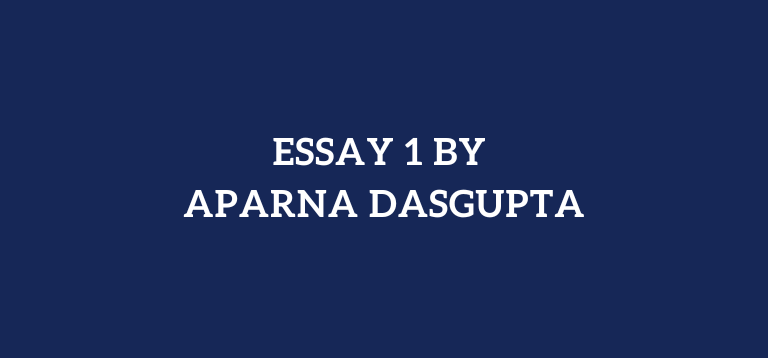1. (To) Hit the books
Literally, hit the books means to physically hit, punch or slap your reading books. However, this is a common English idiom among students, especially college students who have a lot of studying to do. It simply means “to study,” and is a way of telling your friends that you’re going to study. It could be for a final exam, a mid-term test or even an English exam.
“Sorry but I can’t watch the game with you tonight, I have to hit the books. I have a huge exam next week!”
2. (To) Hit the sack
The literal meaning of this would be physically hitting or beating a sack (a large bag usually used for carrying things in bulk such as flour, rice or even soil). But actually to hit the sack means to go to bed, and you’d use this to tell your friends or family that you’re really tired, so you’re going to sleep. Instead of saying hit the sack you can also say hit the hay.
“It’s time for me to hit the sack, I’m so tired.”
3. (To) Twist someone’s arm
To twist someone’s arm literally means to take a person’s arm and turn it around, which could be really painful if you take it exactly word for word. If your arm has been twisted it means that someone has done a great job of convincing you to do something you might not have wanted to do.
And if you manage to twist someone else’s arm it means that you’re great at convincing them, and they’ve finally agreed to do something after you’ve been begging them.
Tim: Jake you should really come to the party tonight!
Jake: You know I can’t, I have to hit the books (study).
Tom: C’mon, you have to come! It’s going to be so much fun and there are going to be lots of girls there. Please come?
Jake: Pretty girls? Oh all right, you’ve twisted my arm, I’ll come!
4. (To be) Up in the air
When we literally think about something up in the air, we have the idea that something’s floating or flying in the sky, perhaps an airplane or a balloon. But really if someone tells you that things are up in the air it means that these things are uncertain or unsure; definite plans have not been made yet.
“Jen have you set a date for the wedding yet?”
“Not exactly, things are still up in the air and we’re not sure if our families can make it on the day we wanted. Hopefully we’ll know soon and we’ll let you know as soon as possible.”
5. (To) Stab someone in the back
If we take this idiom literally we could find ourselves in a whole lot of trouble with the police, as it would mean taking a knife or another sharp object and putting into a person’s back.
However, as an idiom to stab someone in the back means to hurt someone who was close to us and trusted us by betraying them secretly and breaking their trust. We call the person who does this a back stabber.
“Did you hear that Sarah stabbed Kate in the back last week?”
“No! I thought they were best friends, what did she do?”
“She told their boss that Kate wasn’t interested in a promotion at work and Sarah got it instead.”
“Wow, that’s the ultimate betrayal! No wonder they’re not friends anymore.”
6. (To) Lose your touch
Literally this means to no longer have the ability to touch or feel with your fingers or hands. But to lose your touch actually means that you lose your ability or talent you once had when dealing with things, people or situations.
We use this when you’re usually good at a certain skill or talent, but then things start to go wrong.
“I don’t understand why none of the girls here want to speak to me.”
“It looks like you’ve lost your touch with the ladies.”
“Oh no, they used to love me, what happened?”
7. (To) Sit tight
To sit tight is a strange English idiom and it literally means that you sit down squeezing your body in a tight way, which if you did it would be very uncomfortable, not to mention you’ll look really strange.
But if a person tells you to sit tight they want you to wait patiently and take no action until you hear otherwise.
“Mrs. Carter, do you have any idea when the exam results are going to come out?”
“Who knows Johnny, sometimes they come out quickly but it could take some time. You’re just going to have to sit tight and wait.”
8. (To) Pitch in
This English idiom actually makes no sense if you try to take it literally. However, figuratively speaking it means to contribute (give) to something or someone or to join in.
So if your dad tells the family that he wants everyone to pitch in this weekend and help clear the backyard, it means he wants everyone to join in on the efforts to clear the yard and get things done quicker.
“What are you going to buy Sally for her birthday?”
“I don’t know I don’t have much money.”
“Maybe we can all pitch in and buy her something great.”
The above conversation suggests that every one of Sally’s friends should contribute a little bit of money so they can afford to buy her a bigger and better present together.
9. (To) Go cold turkey
Sound weird? Well, you’re right, it does, how can anyone literally go cold turkey? A person can’t transform into the bird.
The origins of this English idiom are strange and to go cold turkey means to suddenly quit or stop addictive or dangerous behavior such as smoking or drinking alcohol.
This English idiom is said to have originated in the late 20th century and suggests that a person who suddenly quits something addictive—such as drugs or alcohol—suffers from side effects that look like a cold, uncooked turkey. This includes pale (very white) skin and goosebumps (little small bumps on the skin when we’re cold or sick).
10. (To) Face the music
In literal terms facing the music means to turn your body to the direction of the music and stand in front of it. But if your friend or your parents tell you to face the music, there’s a much harsher meaning.2
It means to “face reality” or to deal with the reality of the situation and accept all the consequences good or bad (but mostly bad). Perhaps you’ve been avoiding something because you feel unsure or scared of the outcome. Maybe you lied to your teacher and she discovered the truth and now you have to face the music and accept the punishment.
“I can’t understand why I failed math.”
“You know you didn’t study hard, so you’re going to have to face the music and take the class again next semester if you really want to graduate when you do.”
















